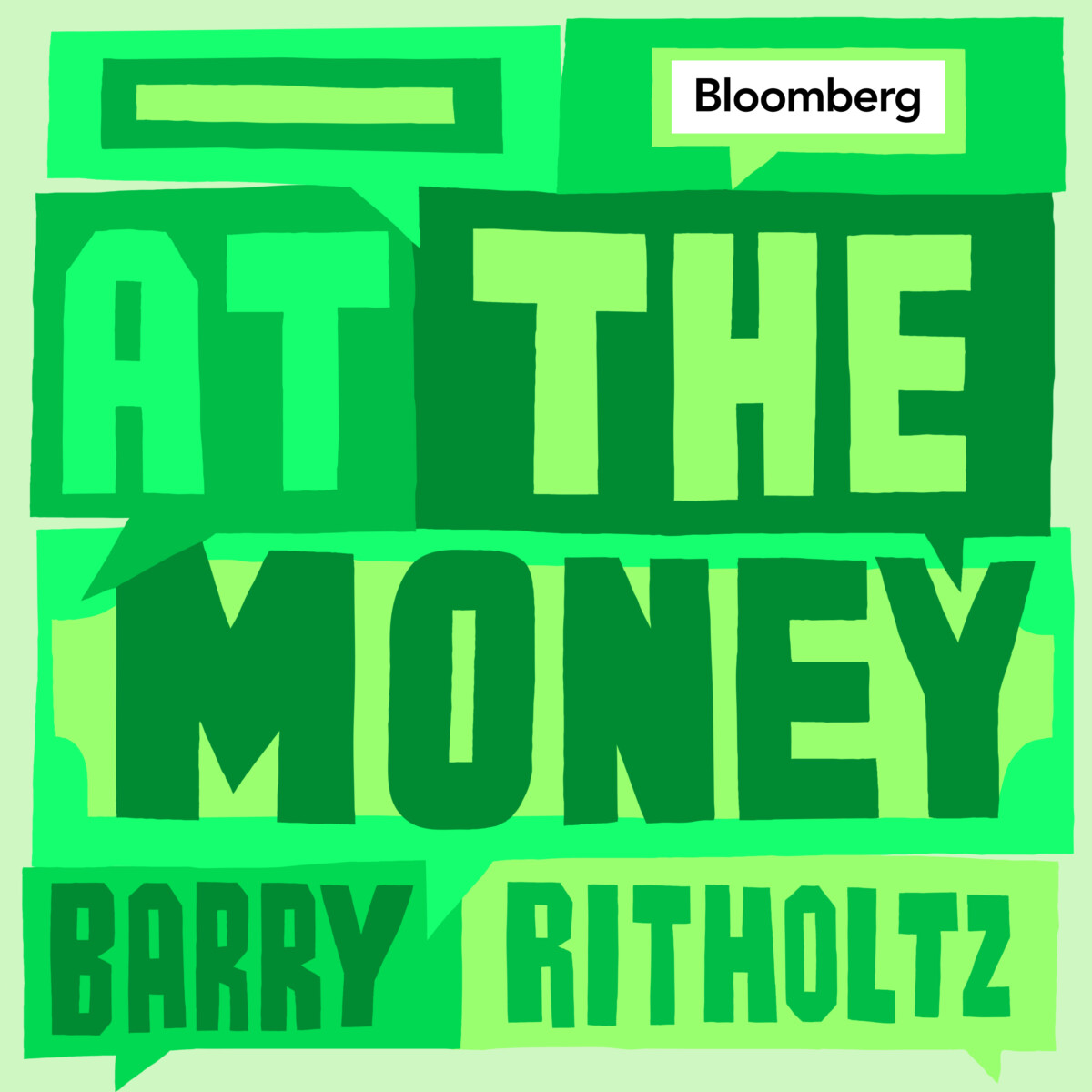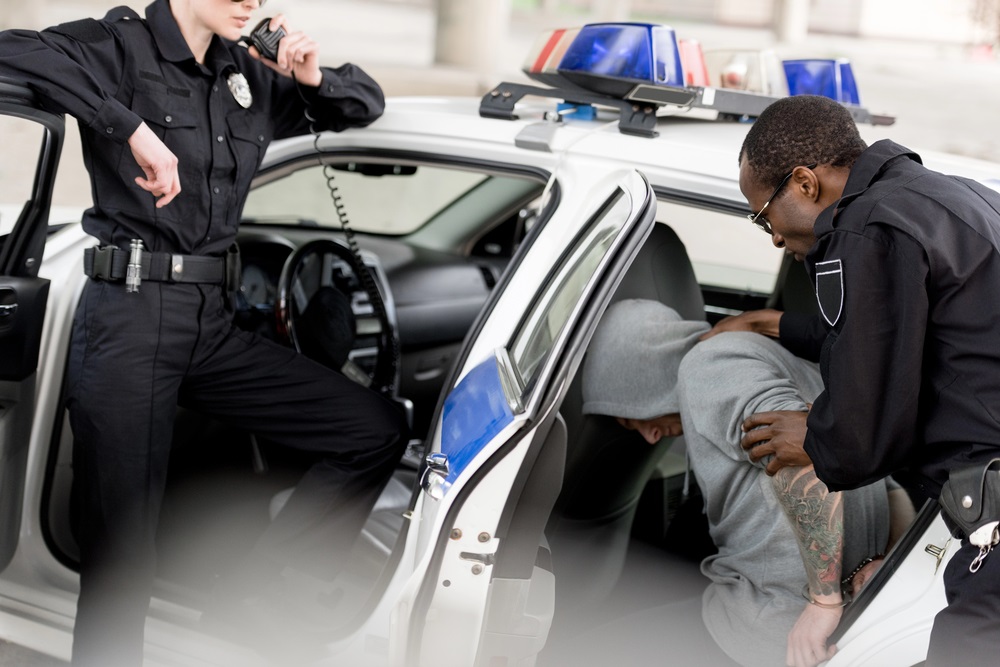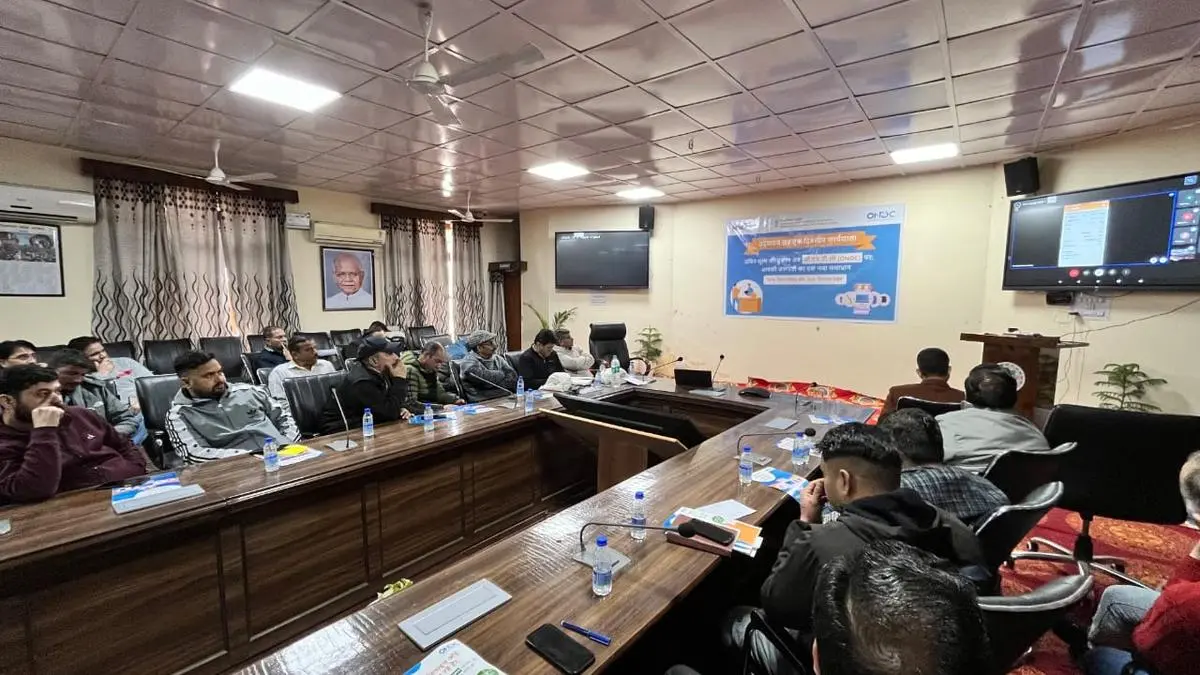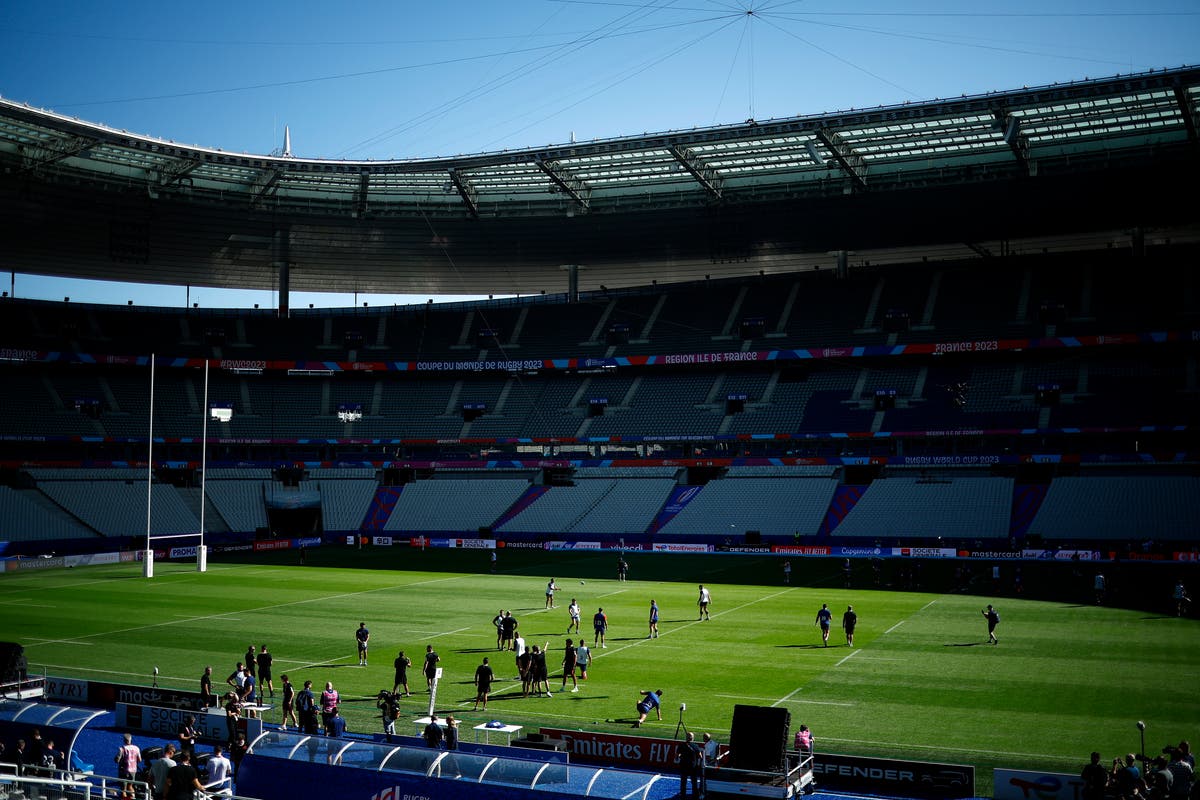A couple of years ago, a pickleball acquaintance who was on the Monterey County Civil Grand Jury asked me if I would be interested in applying. He told me what the jury does and I was interested.
Whereas I agree with James Buchanan’s famous statement that not all things worth doing are worth doing well, many of them are. I would not even consider taking on that task if I couldn’t do it well. So I asked my pickleball partner how many hours one would have to spend per week to be competent and responsible in the position. His answer stunned me. I thought he would say 3 or 4. Instead he said that, averaged over the year term, it would be 8 to 10. That made it a non-starter for me. When I retired in 2017, my goal was to reduce my work week from 50-55 hours to 30 hours. I’ve been relatively successful. The only way to make that work, given that I didn’t want to reduce my other work activities or leisure activities by more than 2 hours per week each, was to increase my work week to about 35 hours.
I thought of this again a couple of Fridays ago. The local Libertarian Party chapter invited me to speak on how to make housing more affordable. My talk went well. One of the organizers also invited 3 current or past members of Monterey County’s 19-person civil grand jury to make a pitch for people to apply. They spoke after me. Before my speech, I went up and introduced myself and told them my pickleball partner’s estimate of 8-10 hours per week. One of them said that in the busiest weeks, it could be as many as 20 hours.
The three gave their pitch and opened it up to questions. I asked if all the proceedings were confidential. Of course, I was thinking that I might get material for this blog or for articles. They said that everything was confidential forever. One of them even added that a woman who had walked into the room during my talk and sat at the back, Judge Stephanie Hulsey, who supervised the grand jury, would throw me in jail if I broke confidentiality.
Still, I wanted to give the three their best chance to make a case for participation. So I asked for examples of reports they were particularly proud of. One was this one, which they appropriately titled “A Bike Path to Nowhere?” Many of us saw the $10 million disaster as it was happening. Almost no one uses the path. Most times I drive down North Fremont, I see not even one bicyclist using it. If I had been on the civil grand jury, I would have made 2 points, the first of which they made implicitly and the second of which they made not at all. The first is that this is what happens when local governments get “free money” from higher level governments: their incentive is to spend. The second is that the $10 million price tag leaves out a major cost: the time lost by drivers due to the slowdown in traffic over the 15-month time taken for construction. The report notes that traffic averages 24,000 car trips per day. If even 5,000 of these trips were slowed down by 2 minutes, that’s a huge cost.
Here’s the math/economics. Assume 400 days of use over the 15 months, clearly an underestimate. Assume $20 an hour in time value net of income and payroll taxes. Assume one person per car, also an underestimate. Then the cost in lost time was 400 days*$20/hour*5,000 drivers*0.03 hours = $1.2 million.
The presentation did get me thinking about uses of my time on local issues. I write occasional letters to the editors of local newspapers (there are 3) and have about a 90% acceptance rate. I also give “free” edits to a friend who writes such letters and he seems to have about a 100% acceptance rate. Those edits take less and less time as he has become a better and better letter writer: down from about 2 minutes to 1 minute, which is essentially nothing. My letters often take about 10 minutes to write. What if I spent only an additional hour a week following the issues and wrote an additional 2 letters a month, up from about one every 2 months? Why so few? Because editors might get tired of publishing my letters. So my cost in time would be about 4 hours and 20 minutes per month. The number of people reading my letters is certainly in the hundreds and could be over 1,000. I would bet that fewer than 1,000 people read the civil grand jury reports. Of course, the grand jury brings a certain prestige to the issue. So let’s say my effect is 5% of theirs. If I spent 8 hours per week on the grand jury, I would spend about 400 hours per year. But my research and letter writing on local issues would be about 50 hours per year. So my effect is 5% of theirs for spending 12% of the time.
But that’s the wrong comparison. The right comparison is with the incremental impact I would have by being on the grand jury. I wouldn’t persuade everyone. In fact, persuasive as I am, I wouldn’t persuade most people. So my incremental effect would be relatively small.
The bottom line is that it’s not worth it.
There are 2 other factors to consider, one in each direction. By being the lone wolf, I bring prestige and attention over time to me. That makes me more effective and argues against my being on the grand jury.
But by being on the grand jury, I would make friends with at least a few interesting people. All 3 of the former and current grand jurors mentioned that as a major factor. If I didn’t have friends, that would be more of a draw. But I have 5 or 6 good friends locally plus another 4 or 5 friendly acquaintances. And that doesn’t even account for 2 friends and about 10 friendly acquaintances at pickleball.
















